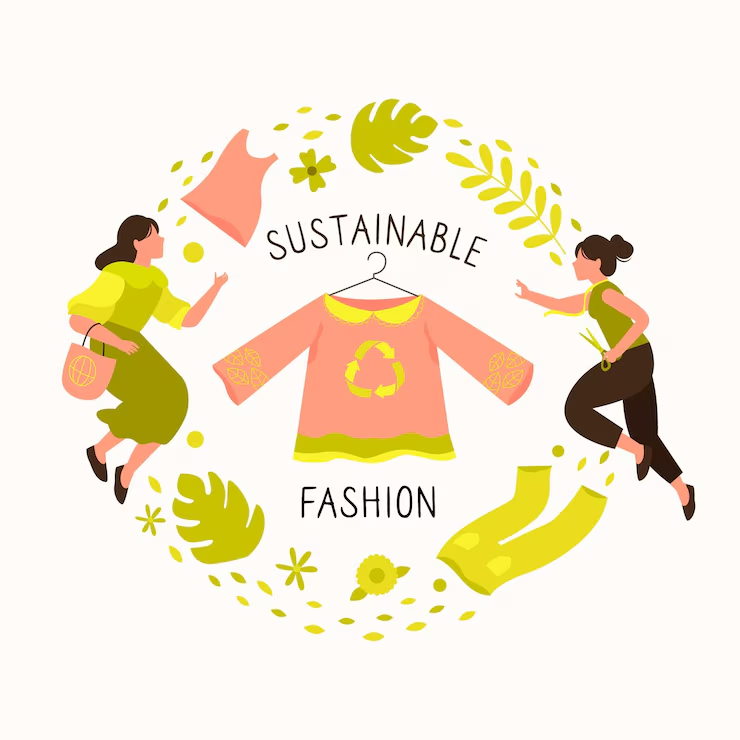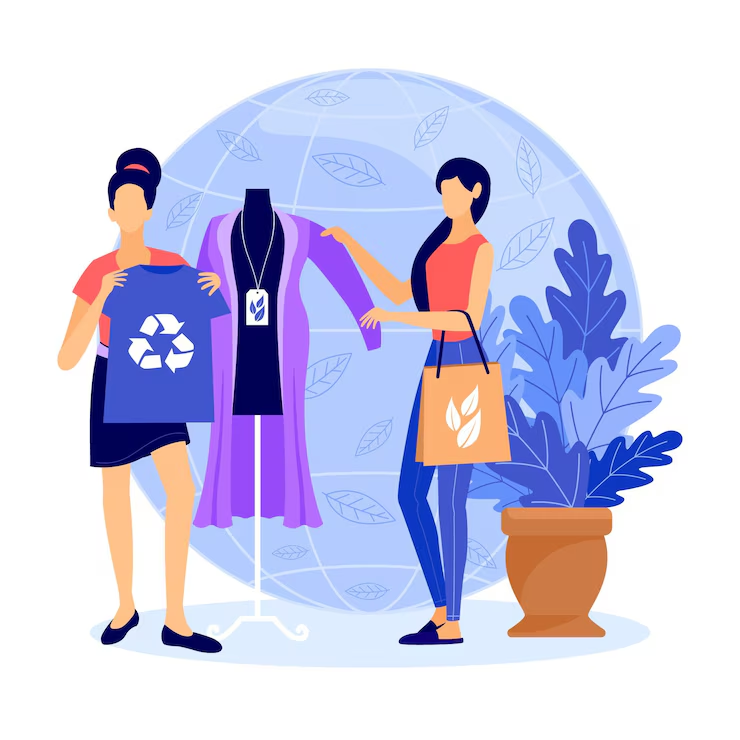Table of contents
A Conscious Step Toward a Greener Future
In recent years, Sustainable Fashion has transitioned from a niche movement to a global priority. As consumers become increasingly aware of the environmental impact of the fashion industry, many are demanding transparency, ethical sourcing, and eco-friendly practices. But what exactly does sustainable fashion mean, and why does it matter more than ever?
What Is Sustainable Fashion?

Sustainable Fashion refers to clothing and accessories that are designed, produced, and consumed in ways that are environmentally friendly and socially responsible. It focuses on reducing waste, lowering carbon footprints, supporting fair labor practices, and using sustainable materials.
This movement encompasses the full life cycle of a garment—from its design and production to its purchase, use, and eventual disposal or recycling.
Why Sustainable Fashion Is Important

The fashion industry is one of the largest polluters in the world, responsible for:
- 10% of global carbon emissions
- Massive water consumption and pollution
- Exploitative labor practices in developing countries
- Overproduction leading to textile waste
Sustainable Fashion seeks to change this by encouraging responsible consumer behavior and holding brands accountable for their impact.
Key Elements of Sustainable Fashion

To better understand how Sustainable Fashion works, here are some of its core principles:
- Ethical Labor Practices: Ensuring workers are paid fairly and operate in safe environments.
- Eco-Friendly Materials: Using organic cotton, hemp, bamboo, recycled fabrics, and low-impact dyes.
- Slow Fashion Movement: Focusing on quality over quantity, with timeless designs meant to last.
- Local and Small-Scale Production: Supporting regional artisans and reducing transportation emissions.
- Recycling and Upcycling: Turning old garments into new ones to extend their life cycle.
How Consumers Can Embrace Sustainable Fashion
You don’t have to overhaul your entire wardrobe overnight. Small changes can make a big difference:
- Buy Less, Choose Well: Opt for quality over quantity.
- Shop Secondhand: Thrift stores and online resale platforms are sustainable alternatives.
- Support Ethical Brands: Look for certifications like Fair Trade, GOTS (Global Organic Textile Standard), and B Corp.
- Wash Smarter: Wash less frequently, in cold water, and line dry to save energy.
- Recycle or Donate: Avoid throwing clothes away—donate, sell, or repurpose them.
The Future of Fashion Is Green
More brands are adapting to sustainability, whether it’s through zero-waste design, biodegradable fabrics, or rental models. Consumers now hold the power to influence these shifts by choosing brands aligned with Sustainable Fashion values.
Technology and innovation also play a big role—3D printing, AI for inventory control, and blockchain for transparency are just a few advancements shaping the future.
FAQ: Sustainable Fashion
Sustainable fashion is the practice of producing and consuming clothing in environmentally and socially responsible ways, including ethical labor, eco-friendly materials, and waste reduction.
Fast fashion relies on cheap materials, mass production, and poor labor practices, contributing to pollution, waste, and carbon emissions on a massive scale.
Look for third-party certifications, transparency about sourcing, and sustainability reports. Avoid greenwashing tactics with vague or unverifiable claims.
Often, yes—but it reflects fair labor and quality materials. In the long run, investing in durable, timeless pieces can actually save money.
Examples include Patagonia, Stella McCartney, Reformation, People Tree, and Everlane—brands known for their commitment to environmental and ethical standards.





